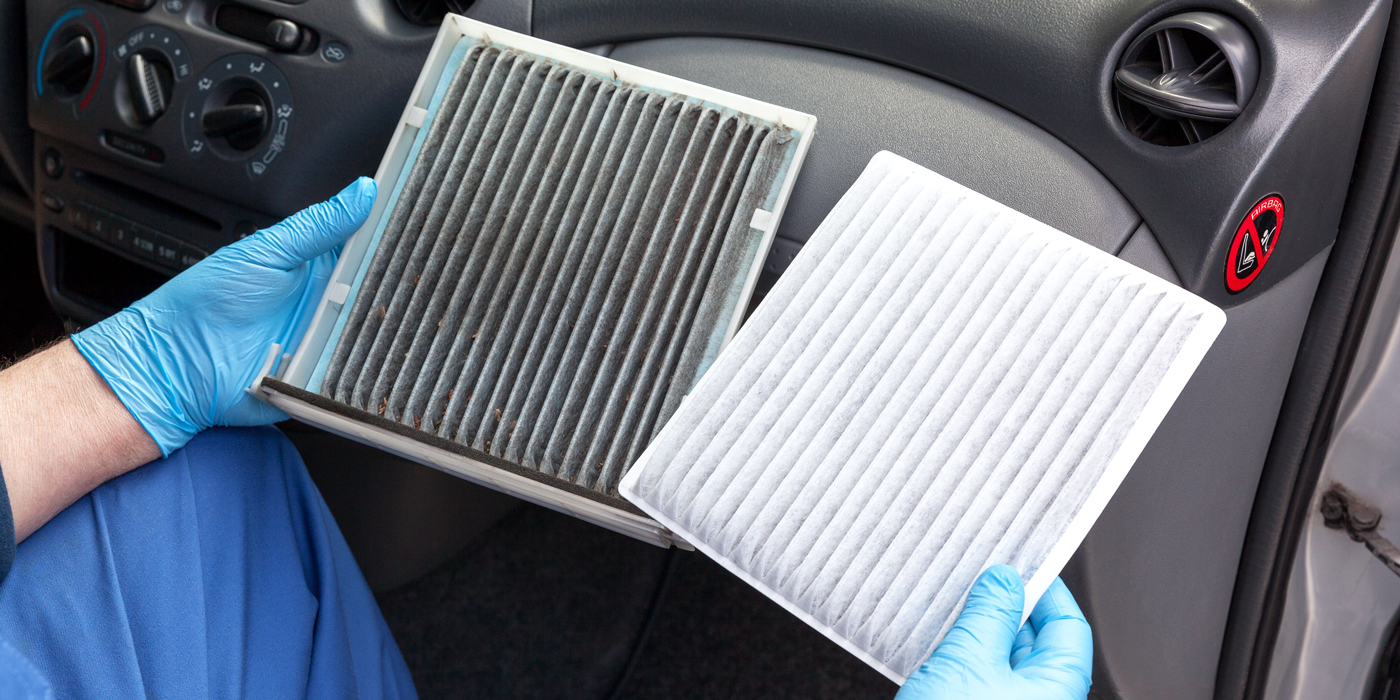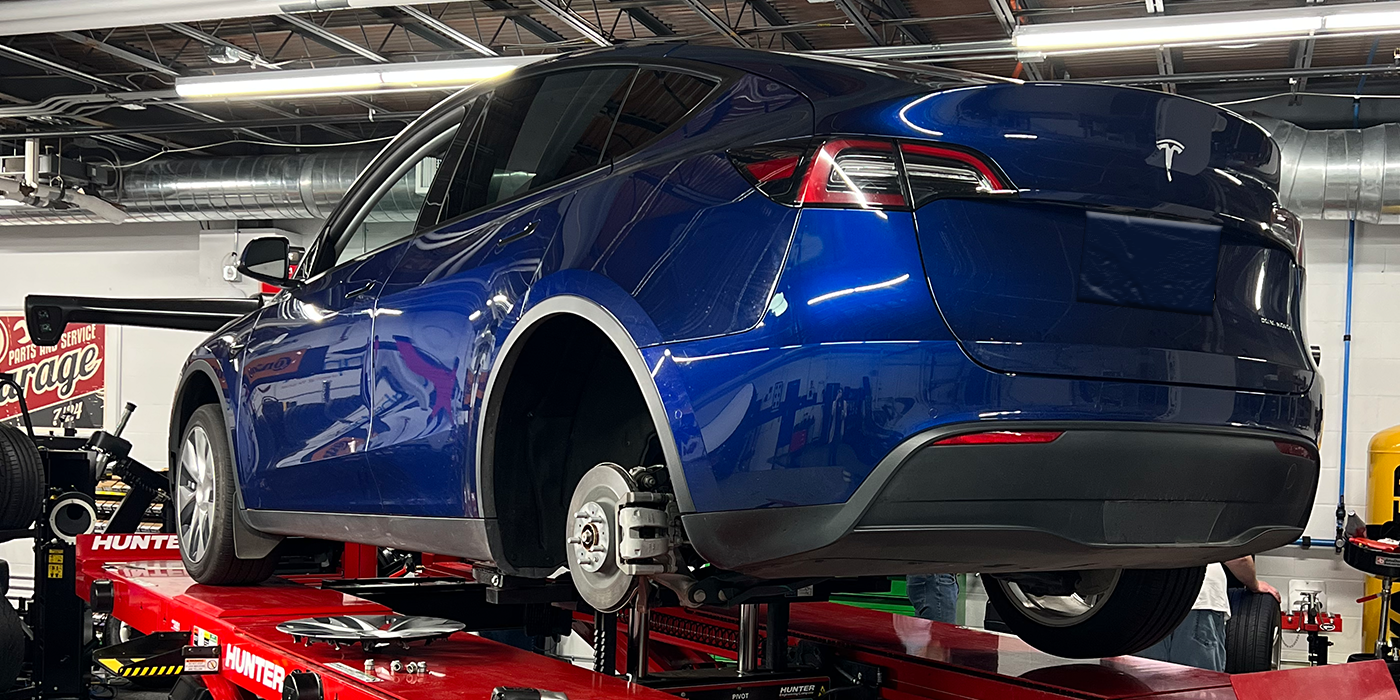ontrol spring and suspension movement. Compared to a shock, the rod of a strut can be more than three times the diameter.
And like shock absorbers, a strut is velocity sensitive, meaning that it is valved so that the amount of resistance can increase or decrease, depending on how fast the suspension moves.
Struts also perform a second job. Unlike shock absorbers, struts provide structural support for the vehicle’s suspension. As a result, struts affect riding comfort and handling, as well as vehicle control, braking, steering, wheel alignment and wear on other suspension components, including the tires.
Because struts are part of the suspension, in some situations they wear differently than shocks. If the upper strut mount is binding, the force is transferred through the rod to strut body. Inside the strut’s body, the rod is supported by the piston and at the top of the strut housing by a bushing or bearing. Wear can be dramatic because the strut has to do the work of the bearing. Instead of the strut bearing turning and pivoting, the piston turns in the strut housing thereby creating wear.
Selling Extras
All struts and shocks should be replaced in sets of four. Replacing one or two at a time can create a ‘balance’ problem that could make the vehicle unstable when braking and accelerating.
Bump stops that fit on the rod of a strut should always be transferred from the old assembly or replaced with new parts. This is inexpensive insurance against damaging the new unit if it bottoms out. Even if the old strut does not have one, check the parts catalog for a replacement.
Don’t forget the springs. If the springs are already worn out, they can shorten the life of the new shocks and struts being installed. Springs also control the ride height and ultimately the suspension angles. Shimming a set of weak springs with spacers or inserts may take care of the sagging and bottoming problems, but it won’t restore the ride quality or spring rate.
Adjustable Shocks
Adjustable shocks are great for cars and trucks with altered spring and ride heights. They allow the driver to change the dampening to suit their new spring rates and driving style.
Most shocks are designed to fit standard height cars and can work with lowered cars as long as they don’t bottom out internally and become damaged. Some shocks are not position sensitive and will work properly anywhere in their stroke range.
Different vehicle suspension designs have different stroke travels, but a good rule of thumb is that most vehicles can be lowered acceptably about 1.5 inches.
Beyond that, the possibility of bottoming increases rapidly although some longer stroke cars can go lower. Most vehicles are equipped with bump stops to keep the shocks and springs from bottoming out.













